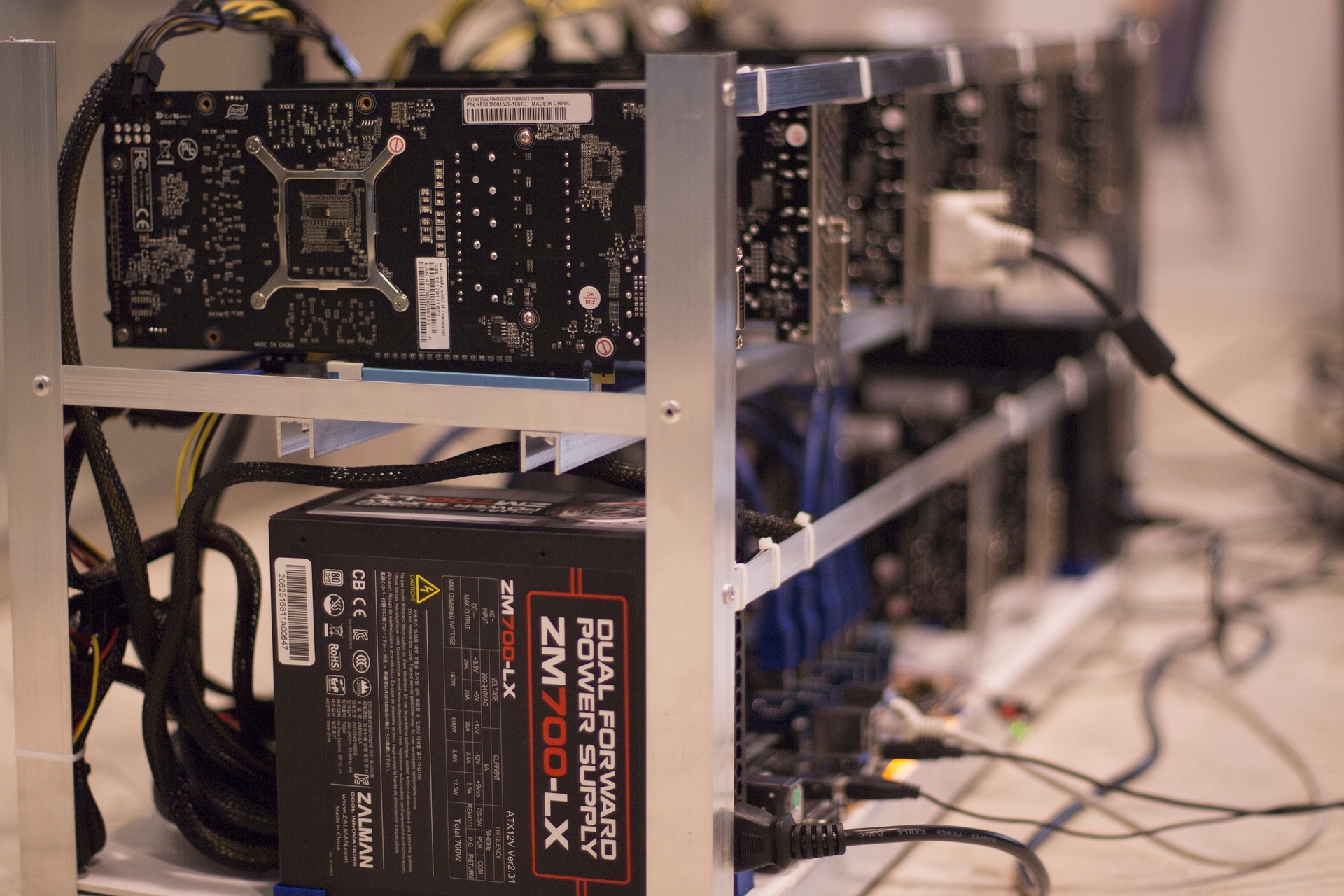It has been said that «marketing schedules, not product innovation, are driving the corporate train» and it certainly seems to be this way nowadays.
In the 90s, a purchased computer with 120 MHz, most likely wouldn’t last for more than 2 or 3 years. It was hardly a surprise for anyone, as it had been suggested by Gordon Moore (“Moore’s law”) before that the number of transistors on integrated boards would be doubling every 2 years. So the life cycle of most PCBs was limited back then.
At the point when an average computer became good enough to satisfy most user needs, manufactures quickly realised that doubling the number of transistors was not going to be enough to cope with industry demands.
So the focus was shifted away from hardware performance and put on user experience. Instead of relying on some key features, e.g., CPU performance, the priority became to be the user interface and usability in general, meaning that hardware components seemingly started to play a less important role.
However, it all has changed when the era of interconnected devices has begun. With the introduction of the Internet of Things, the line between hardware and software engineering blurred as hardware projects became more complex and often required engineers to concentrate on both hardware and software aspects.
That resulted in some quite controversial outcomes. On the one hand, it’s never been easier to put things together since then. Take a WiFi controller with some sensors, add a bit of coding and you have got an IoT device, fully capable of capturing and transmitting information. And if a custom PCB design is needed, it can be made in your CAD application and then reproduced on a 3D printer in a matter of a few of hours. But if that seems quite challenging, there are some standard open-source solutions available today, like Arduino or Raspberry PI.
On the other hand, hardware companies tend to release new products far too often without even properly updating them with new features in order to keep up with the fast pace of industry production cycles. According to this study by Underwriter Laboratories, 48% of surveyed customers stated that manufacturers ship new products faster than they actually need them. As a result, on average, companies are required to produce 10 — 15 PCB layouts before a delivering a final product, according to Techcrunch.
CADLAB.io was started as a platform for the PCB design review process, aiming to reduce the number of mistakes during PCB designing, helping hardware companies to save their time and money that otherwise would be spent on the production of redundant prototypes.
But the hardware industry evolved, and so did CADLAB, transforming into collaboration platform not only for hardware enthusiasts but software professionals as well. It is integrated with GitHub which is widely recognised as the industry standard for software development. Combining CADLAB.io and GitHub, hardware, software and embedded engineers can get full advantage of collaborating on complex projects, involving both hardware and software development.
Clearly, hardware and software are inseparably connected today and, in fact, it is hard to imagine one without another. Almost any piece of hardware that is produced nowadays requires software, and thanks to new technologies, the gap between the two is getting smaller.

